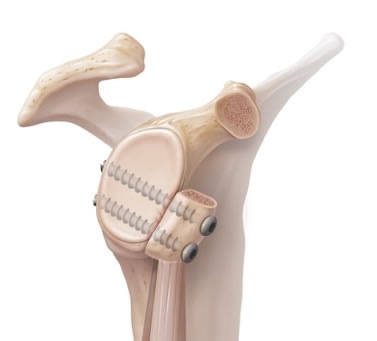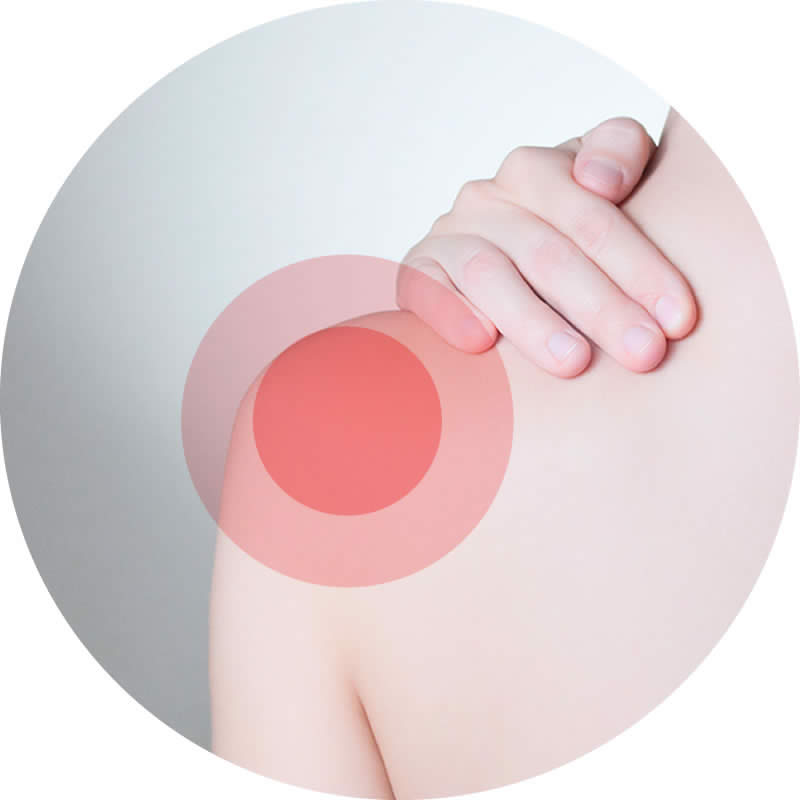Treatment for Shoulder Dislocation and Shoulder Instability
Shoulder dislocation is very common, especially in those who play contact sports. Typically, the head of the humerus will have been forced out of the joint by a traumatic event. Occasionally the humeral head may fall back into place spontaneously or more often, it may have to be guided back into the socket by certain techniques in hospital.
Dislocation can cause a wide variety of injuries to the shoulder joint including fracture, nerve damage, cartilage and tendon damage. This can result in a number of symptoms. You may notice the unpleasant sensations of the shoulder feeling loose, wobbling, grinding or catching during certain movements, such as reaching behind the body. Others may notice it more when trying to sleep on the affected side. This instability can be particularly problematic for those whose jobs involve physical activity, overhead working or sports. Once an individual dislocates the shoulder, they are more likely to do so again, even with seemingly trivial force. Furthermore, you may be at greater risk of developing arthritis due to the instability.
Surgery for shoulder dislocation focuses on repairing the damaged cartilage in the socket (called the labrum) which is needed to stabilize the joint. Depending on which part of the cartilage is torn, the following repairs may be suitable:
- Anterior (front) labral tear repair
- Posterior (back) labral tear repair
- Superior Labral Anterior Posterior (SLAP) tear repair
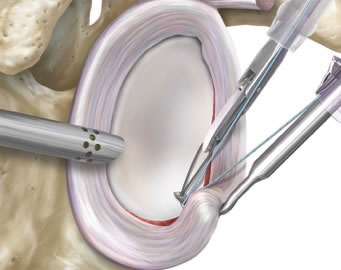
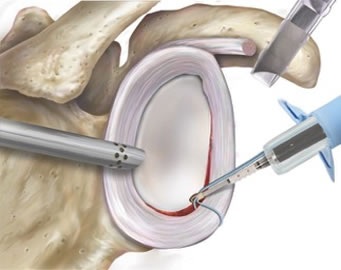
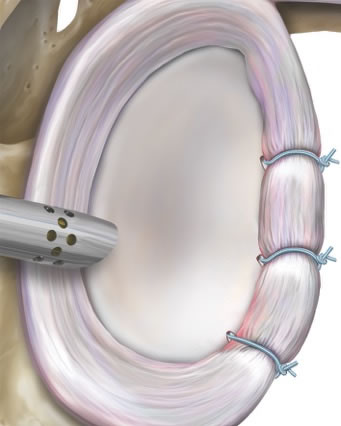
Arthroscopic labral stabilization attaches the damaged cartilage back to the bone, using keyhole surgery. This is achieved by securing the labrum to the glenoid with a combination of sutures (stitches) and specially designed dissolvable plastic anchors that hold the cartilage to the bone.
In certain severe situations, the shoulder socket will be deformed and it may be necessary to transfer a block of bone from the top of the pelvis (called an iliac crest tricortical bone block) or from the front of the shoulder blade (called a Latarjet Procedure) to rec-create the joint surface. The latter has the additional advantage of using the surrounding muscles to further stabilize the joint. I offer both these operations.
